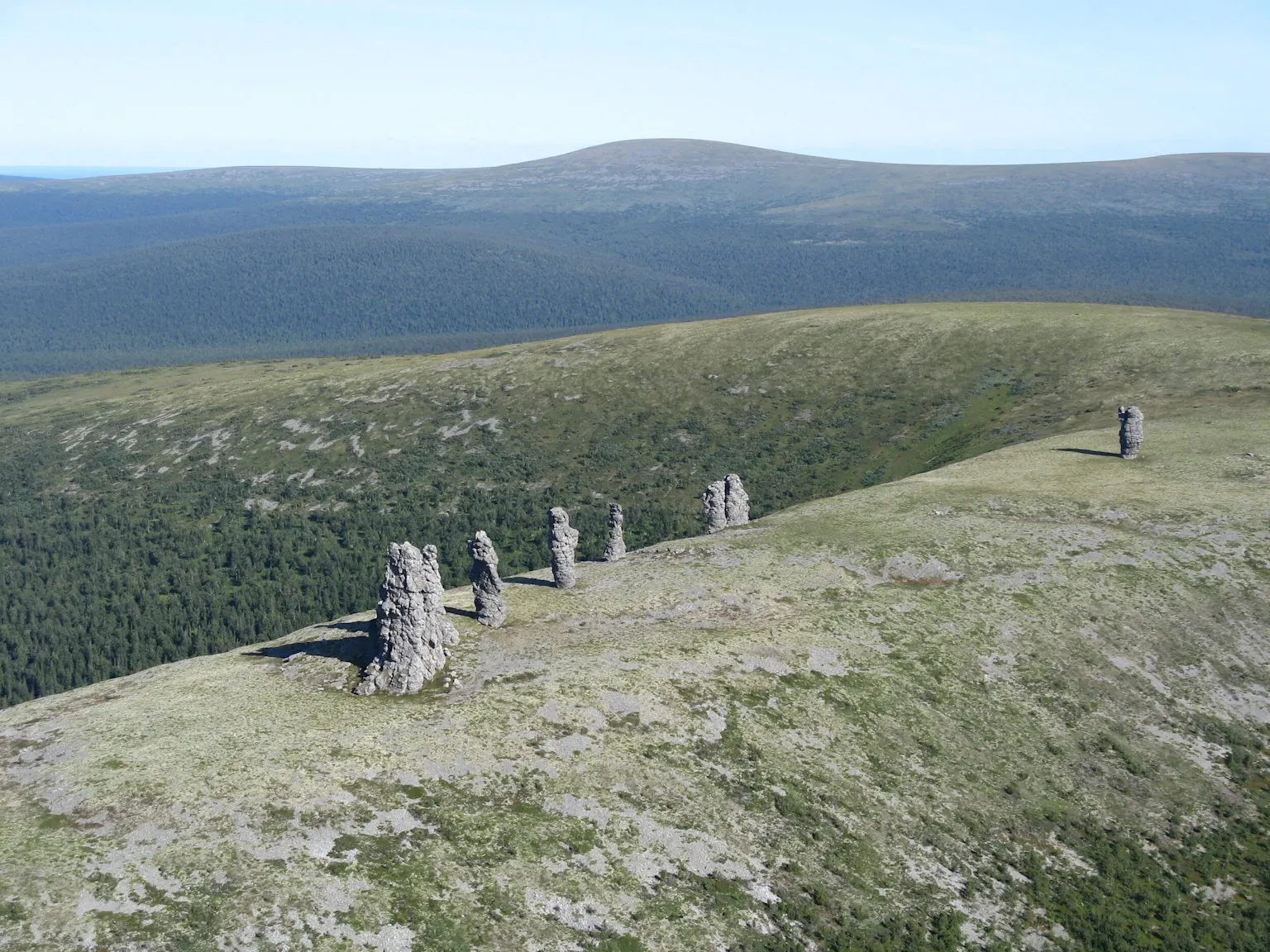
Nikolai Thibeaux-Brignolle, Lyudmila Dubinina, Alexander Kolevatov, and Semyon Zolotaryov were found in a ravine, buried under four meters of snow.
Their injuries were catastrophic.
Thibeaux-Brignolle's skull was fractured. Dubinina's chest was crushed, and her tongue was missing. Zolotaryov's ribs were broken. Kolevatov had deep cuts on his neck. The official autopsy report described the trauma as caused by "an unknown compelling force."
The medical examiner compared the injuries to those seen in high-speed car accidents. The force required to inflict such damage was immense. Yet there were no external wounds, no signs of a struggle, no evidence of an attack by an animal or human.
The case was closed quickly. The official conclusion: death by hypothermia and an unknown natural force, possibly an avalanche. The files were sealed and classified. Families were told minimal details. The Soviet government buried the incident as thoroughly as the snow had buried the bodies.
But information has a way of resurfacing.
When the Soviet Union collapsed in 1991, previously classified documents became accessible. Investigators and researchers revisited the case. What they found contradicted the official narrative in troubling ways.
Several of the bodies showed elevated levels of radiation. Not enough to be lethal, but enough to be anomalous. The clothing of some victims tested positive for radioactive contamination. The skin of several bodies had turned orange, a discoloration consistent with chemical or radiation exposure.
Then there were the diaries.
In the journals kept by the hikers, entries from the days leading up to their deaths described strange sightings. On February 9, multiple team members noted seeing unusual lights in the sky. The descriptions were consistent: large, glowing, spherical objects that moved erratically and emitted bright, fiery colors.
Yuri Krivonischenko wrote: "We saw something strange and terrible. A large, round, fire-colored object rising from the base of the mountain into the sky."
Semyon Zolotaryov and others attempted to photograph the phenomenon. Some of those photographs survived. They show bright, indistinct shapes against the night sky. Blurry, but undeniably present.
The region had a history of such sightings. Locals reported lights in the sky for years, attributing them to spirits or celestial visitors. The Mansi legends spoke of beings descending from the heavens, of the mountain being a threshold between worlds.
In 2019, a joint Swiss-Russian research team used advanced computer simulations to recreate the conditions on the night of the incident. Their conclusion: a small avalanche, triggered by wind and accumulated snow, could have struck the tent. The trauma to the bodies was consistent with being caught in such an event.
In 2020, Russian authorities issued a final official report. According to this account, the hikers were caught in a sudden storm. Infrasound waves, low-frequency vibrations generated by high winds interacting with the mountain's topography, caused disorientation and panic. The team fled the tent in a state of hysteria. A small avalanche struck, injuring some. Others died of hypothermia. Wildlife scavenged the bodies, explaining the missing tongue and eyes.
It was a rational explanation. Plausible. Comforting, even.
But it did not account for the radiation. It did not explain the lights. And it did not address the fact that experienced mountaineers, trained to handle extreme conditions, would cut their way out of a tent and run barefoot into a blizzard unless they believed staying inside meant certain death.
What did they see? What convinced them that fleeing into the freezing night was the safer option?
The answer depends on who you ask. Skeptics favor the avalanche theory. Conspiracy theorists point to secret Soviet military tests, possibly involving radiation or experimental weapons. Others believe the hikers witnessed something they were not meant to see, something that cost them their lives.
And then there are those who return to the Mansi legends. Who wonder if the mountain really is a threshold. If the lights in the sky are not natural phenomena but evidence of visitors. If the restless spirits the shamans spoke of are not metaphors but warnings.
The case remains officially closed. But the questions remain open.